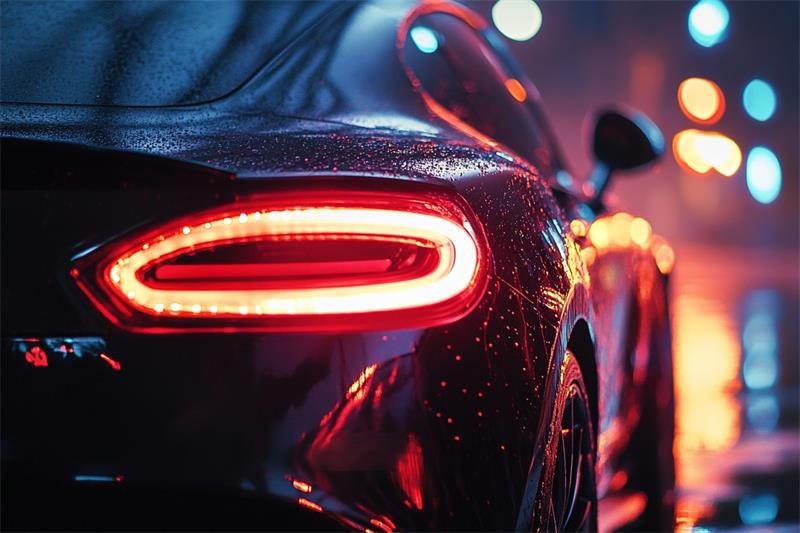Car light films have become increasingly popular as a way to customize the appearance of a vehicle. These films come in a variety of colors and tints, each with its unique impact on the light output and overall aesthetics of the vehicle. One of the primary concerns when applying car light films is the effect on light transmittance. In this article, we will explore the influence of different color car light films on light transmittance and discuss the factors that affect this property.

Understanding Light Transmittance
Light transmittance refers to the amount of light that passes through a material. In the context of car light films, it determines how much of the original light output from the headlights or taillights is allowed to pass through. A higher light transmittance means more light can pass through the film, while a lower transmittance means less light is allowed to pass through.
Factors Affecting Light Transmittance
Several factors influence the light transmittance of car light films:
Color: The color of the film plays a significant role in determining light transmittance. Darker colors, such as black or smoke, tend to absorb more light and have lower transmittance compared to lighter colors like yellow or blue.
Tint: The tint of the film, which refers to its darkness or lightness, also affects light transmittance. A darker tint will block more light and have a lower transmittance.
Film Thickness: The thickness of the film can impact light transmittance. Thicker films generally have lower transmittance compared to thinner films.
Film Material: The material used to manufacture the film can also affect light transmittance. Different materials have varying degrees of transparency and light absorption properties.
Impact of Different Color Car Light Films
Yellow Car Light Films: Yellow films are often used to improve visibility in foggy or rainy conditions. They have a relatively high light transmittance, allowing a significant amount of light to pass through. However, excessive yellow tint can distort color perception and may not be legal in all regions.
Blue Car Light Films: Blue films are popular for their aesthetic appeal and can give the vehicle a more modern look. They typically have a moderate light transmittance, depending on the tint.
Smoke Car Light Films: Smoke films are available in various shades and offer a subtle tinting effect. They generally have lower light transmittance compared to yellow or blue films, reducing the amount of light that passes through.
Black Car Light Films: Black films provide the darkest tint and have the lowest light transmittance. They can significantly reduce visibility, especially at night, and may not be legal for use on headlights or taillights in many jurisdictions.
Car light films can be a great way to customize the appearance of a vehicle, but it's essential to carefully consider the impact of different colors and tints on light transmittance. While darker films may offer a more aggressive look, they can also compromise visibility and safety. When choosing a car light film, it's important to balance aesthetics with functionality and adhere to local laws and regulations.
